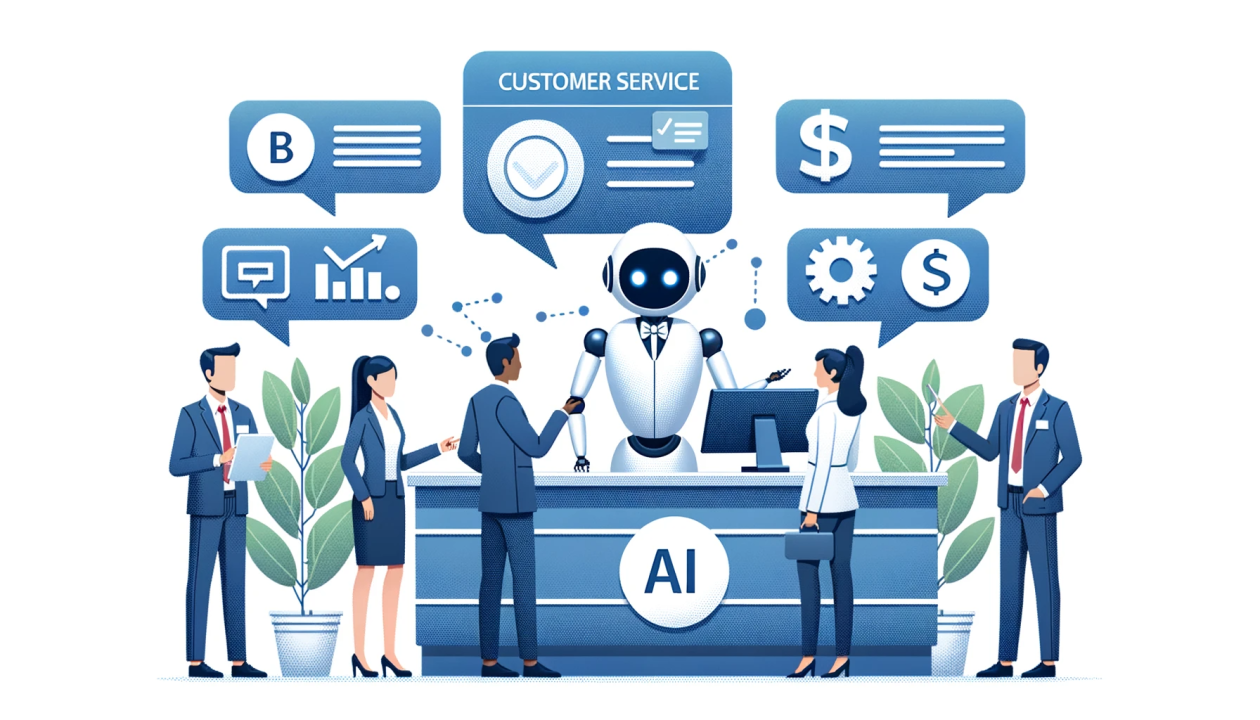AI (Artificial Intelligence) is revolutionizing the banking sector by offering innovative solutions to improve customer experiences, enhance operational efficiency, mitigate risks, and drive growth. Here is the second part of the uses of AI in banking:
7. Robotic Process Automation (RPA):
- RPA technology automates repetitive and rule-based tasks, such as data entry, account reconciliation, and compliance reporting. By eliminating manual processes, RPA improves operational efficiency, reduces errors, and frees up employees to focus on more value-added tasks.
8. Personalized Financial Advice:
- AI-powered robo-advisors offer personalized investment advice and portfolio management services to retail investors. These platforms use algorithms to assess investors' risk profiles, investment goals, and preferences, then recommend suitable investment strategies and asset allocations.
9. Credit Card Fraud Detection:
- AI algorithms analyze card transaction data to detect suspicious activities and identify potential instances of credit card fraud in real-time. Banks can use AI to monitor card transactions, flag fraudulent transactions, and notify customers to prevent financial losses.
10. Natural Language Processing (NLP) for Document Processing:
- NLP technologies extract valuable insights from unstructured data sources, such as loan agreements, customer emails, and regulatory documents. Banks can automate document processing tasks, extract relevant information, and improve decision-making processes.
11. Voice Recognition and Biometric Authentication:
- AI-powered voice recognition and biometric authentication systems enhance security and user experience in banking applications. These technologies verify customers' identities using voiceprints, facial recognition, fingerprints, or iris scans, reducing the reliance on traditional authentication methods like passwords and PINs.
12. Cash Flow Forecasting and Liquidity Management:
- AI algorithms analyze historical transaction data and market trends to forecast cash flows, predict liquidity needs, and optimize cash management strategies for banks and corporate clients. This helps banks maintain adequate liquidity levels, optimize capital allocation, and manage risks effectively.
Overall, AI is transforming the banking sector by enabling banks to offer personalized services, streamline operations, mitigate risks, and adapt to the evolving needs of customers and regulators. As AI technologies continue to advance, their adoption is expected to drive further innovation and reshape the future of banking.
